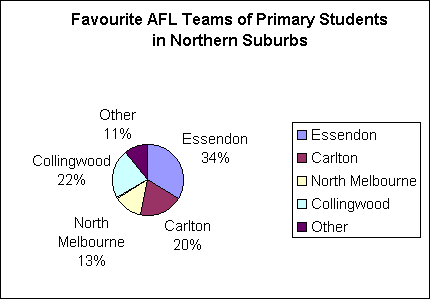| Statistics |
| Presentation of Data |
[Home][General][Business][Engineering][VCE][Learning Units][Tool Box][Glossary]
|
Lowest Value: 15 Five-number summary Box Plot
|
|
|
|
||||||||||||||||||||||||||||||||||||||||||||||||
|
| Rating of Drink | Frequency | Relative Frequency |
| P | 5 | 0.2 |
| G | 12 | 0.48 |
| E | 8 | 0.32 |
| Total | 25 | 1.0 |
2 3 4 4 5
| 5 6 7 8 8 | |
8 9 10 11 12 | 12
13 17 18 21
Q1
Q2
Q3
Minimum Value: 2
Q1 25% quartile: 5
Median 50% quartile: 8
Q3 75% quartile: 12
Maximum Value: 21
The number of patients with waiting time of
less than 10 minutes is 12.
| Suburb | Williamstown | Deerpark |
| Median | $214,500 | $103,500 |
| Mean | $235,200 | $105,00 |
The median is a better measure of house prices.

[Home][General][Business][Engineering][VCE][Learning Units][Tool Box][Glossary]